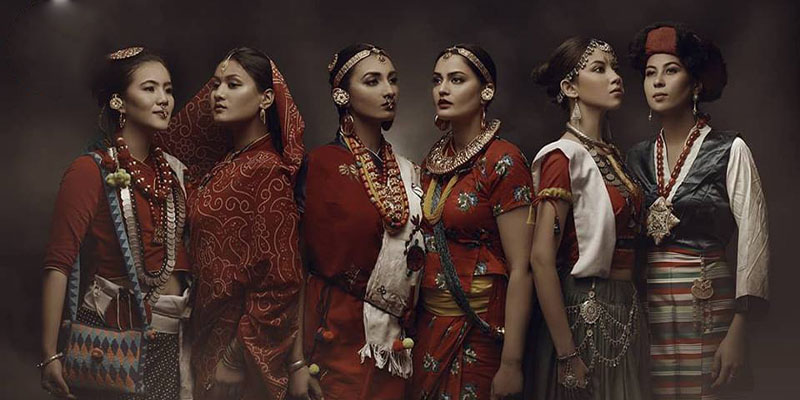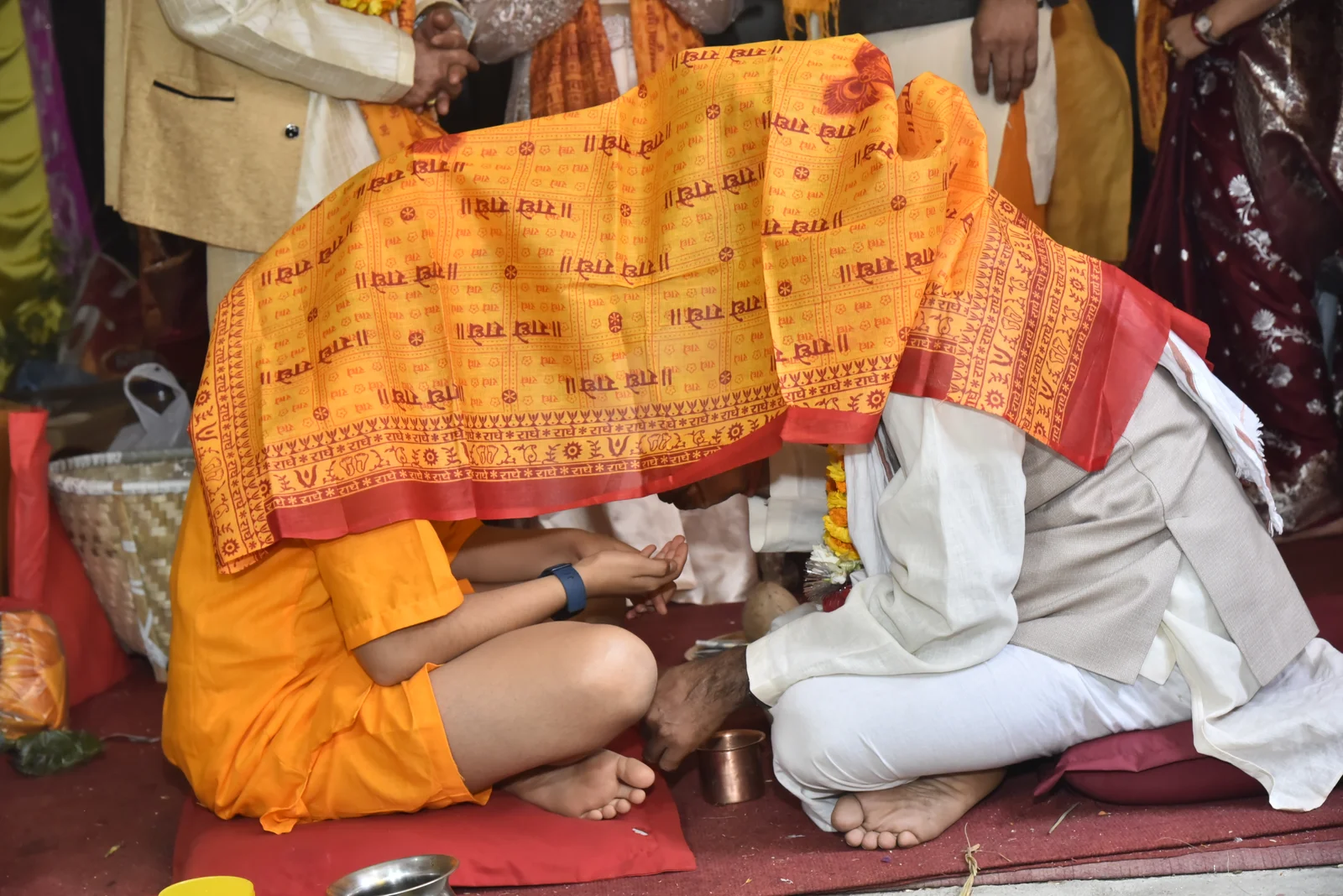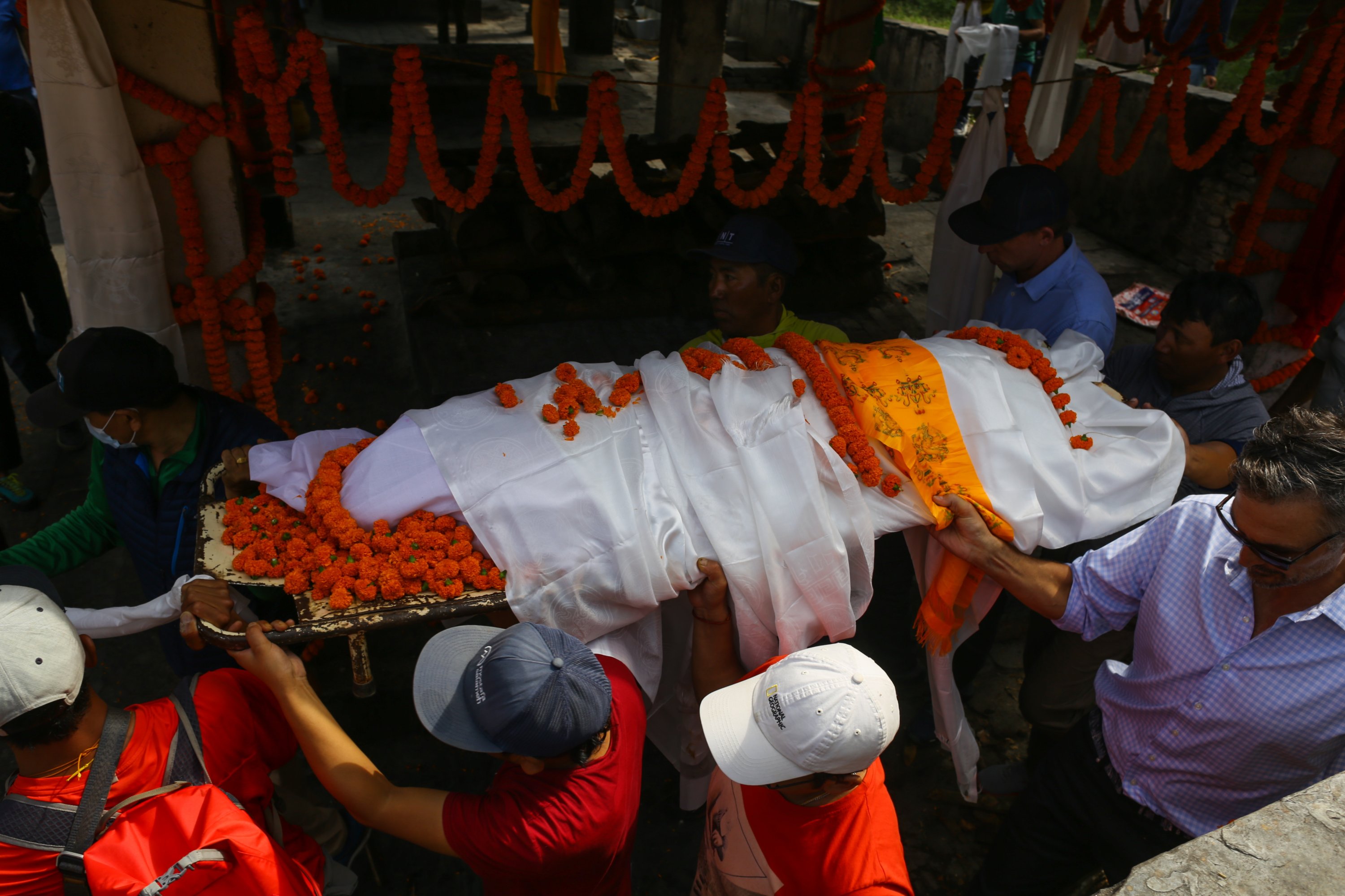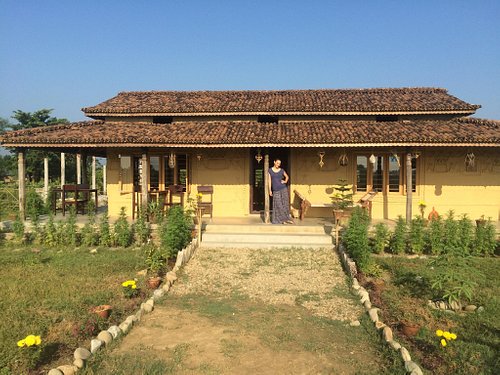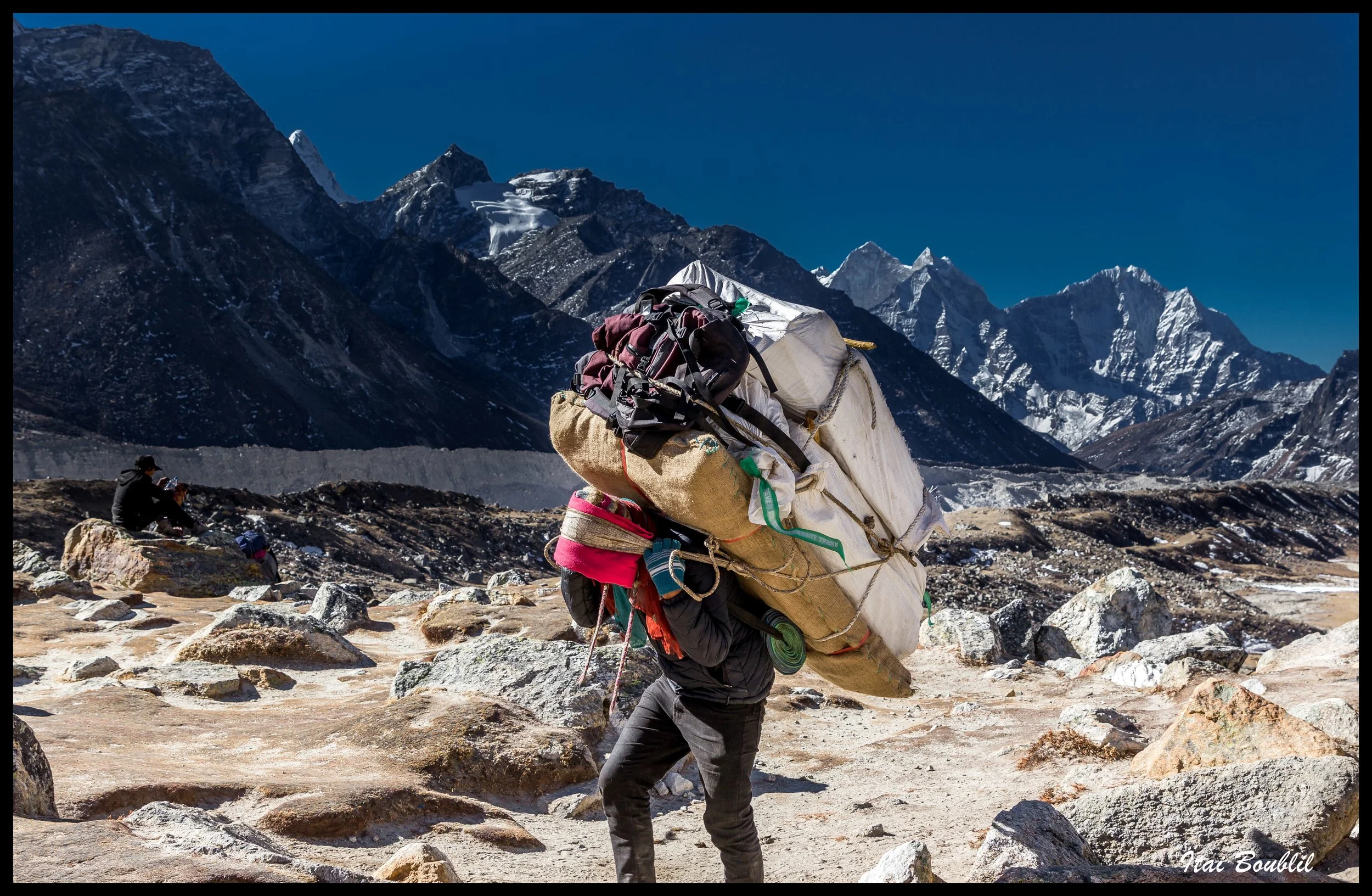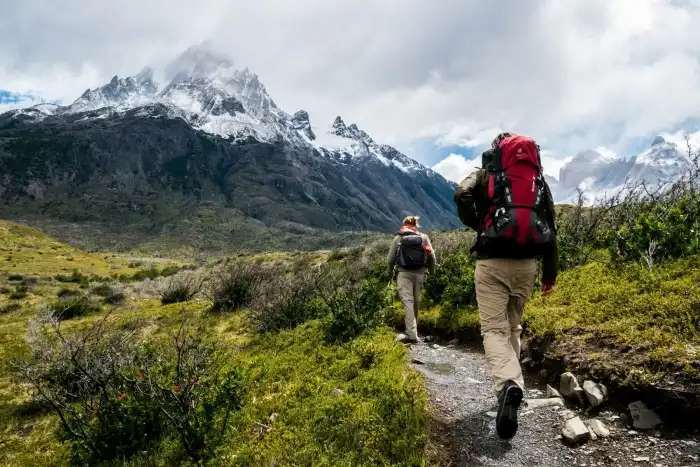Share this Article
The Hidden Oracles of Mustang: The Cho-Mo Rituals
In the wind-swept valleys of Upper Mustang, where the Himalayas loom like frozen waves and the air crackles with ancient silence, there lives a vanishing tradition whispered only in the language of trance, divination, and unseen spirits. The Cho-Mo—female oracles of Mustang—stand as one of the last living bridges between this world and the spiritual realm. Their existence is not carved in textbooks, nor celebrated in travel brochures. And yet, for generations, they have been the mouthpieces of gods, guardians of communities, and bearers of divine messages that transcend the mortal plane.
As the modern world creeps steadily into the highlands—bringing roads, phones, and doubt—the voices of these oracles grow faint. But deep in the dusty monasteries and isolated hamlets of Lo, the Cho-Mo still dance, convulse, and speak with borrowed tongues—reminding those who dare to watch that the gods are not dead. They are simply hidden.
The Land of Lo and Its Spiritual Fabric
Mustang was once the Kingdom of Lo, an independent Himalayan polity closely tied to Tibetan culture, religion, and language. Even after its integration into modern Nepal, the region retained a fierce spiritual identity shaped by Tibetan Buddhism, Bon animism, and shamanic traditions that stretch back over a thousand years.
Here, belief is not symbolic—it is structural. Every monastery is a living organism. Every cliffside bears witness. Prayer flags flutter not as decoration, but as communication—sending whispered mantras to the wind. In this cosmology, spirits are not confined to heavens and hells. They walk among people. They inhabit stones, springs, and caves. They enter bodies.
And when they do, they often choose the Cho-Mo.
Who Are the Cho-Mo?
The word Cho-Mo roughly translates to “chosen woman” or “vessel.” Unlike monks or lamas who follow structured training, the Cho-Mo are often selected by fate—or by spirits themselves. They are not born into priesthood. They are called.
A Cho-Mo may be a widow, a farmer’s daughter, or a quiet young woman from a distant village. Her selection is not formalized by a religious institution, but revealed through prophetic dreams, uncontrollable trance states, or sudden illnesses that only subside once she accepts her calling. These signs are interpreted by elder monks, shamans, or respected spiritual elders. Once confirmed, she becomes a living oracle—entrusted to channel divine messages, diagnose spiritual ailments, and guide collective rituals.
She is neither fully shaman nor lama. She is something older—more primal. An embodiment of Mustang’s hybrid cosmology.
The First Descent: When Spirits Enter the Body
The ritual induction of a Cho-Mo is called a descent. It begins with ritual purification, where the woman fasts, bathes in holy water, and undergoes chants and incense cleansing. Monks or Bon priests may beat drums, blow long copper trumpets, and chant invocations for hours.
Suddenly, her body begins to tremble. Her eyes roll upward. Her limbs twitch in rhythm with the drum. The gathered villagers hold their breath. As the possession intensifies, the Cho-Mo may begin to speak in tongues, laugh hysterically, cry like a child, or chant ancient mantras that she never learned.
When the spirit fully descends, her voice shifts—sometimes masculine, sometimes shrill. The deity announces itself. It may be a mountain god, a protector spirit, a wrathful dakini, or a localized deity of river or sky. She might deliver warnings, answer questions, or bless crops.
It is not a performance. It is a transformation.
Living Between Two Worlds
A Cho-Mo does not return to normal life easily. Once chosen, she exists between worlds—part woman, part oracle. Her diet changes, as certain foods or meats may disturb the spirits she channels. She often lives in semi-seclusion, visited only during ritual needs. Many do not marry. Others live with caretakers who assist during trances.
Her body becomes sacred ground. Her hair may be left uncut. Her hands become instruments of blessing. Her utterances are recorded and analyzed like scripture.
Yet this exaltation also comes with isolation. Some Cho-Mo face suspicion, especially from younger generations who dismiss them as superstitious relics. Others bear the weight of intense spiritual responsibility without formal protection or institutional support.
In many ways, the Cho-Mo are revered and abandoned at once—adored when needed, forgotten otherwise.
The Ritual Calendar of the Cho-Mo
The Cho-Mo does not speak for the divine every day. Her appearances are tied to the ritual calendar—especially during the annual Tiji Festival, spirit expulsion rites (gyalpo), or seasonal blessings for harvest and rain.
One of the most vital roles she plays is in diagnosing unexplained illnesses. When someone suffers repeated misfortunes, unshakable fevers, or haunted dreams, the Cho-Mo is called. In trance, she may identify a displeased ancestor, a violated taboo, or an angry land spirit. The solution could involve animal sacrifice, masked dances, or relocation of family altars.
In times of drought, she is taken to riverbeds to perform rain-invoking dances—stamping barefoot, tossing barley, and crying into the sky. Sometimes, she goes silent for months. Then suddenly, on a thunderous night, she wakes screaming—another message delivered from beyond.
Gender, Power, and the Female Voice in the Divine
It is not accidental that the Cho-Mo are women. In Mustang’s spiritual worldview, feminine energy is often seen as more receptive, more fluid, more able to become vessel. While male monks pursue knowledge through study and meditation, the Cho-Mo access truth through surrender—giving up ego, logic, even language.
This inversion grants them rare power. In a largely patriarchal culture, the Cho-Mo speaks with the voice of gods that even kings and monks must heed. During possession, she can chastise the powerful, predict political turmoil, or expose secrets. She becomes untouchable.
Yet this spiritual authority does not always translate to social safety. Some Cho-Mo are exploited—used as tools of fear or manipulated by local elites. Others are treated as madwomen when their trances no longer serve convenience. As modernity encroaches, their liminal status becomes more precarious.
Still, when the drum beats and the smoke thickens, all eyes return to her. They remember.
Decline in the Age of Connectivity
With the spread of electricity, road networks, and smartphones into Mustang, the world is changing fast. Young people leave for Kathmandu or abroad. Schools teach science, not spirit. Trances are seen as psychological breakdowns, not divine events.
There are fewer Cho-Mo now than ever before. In some villages, the last known oracles have died without successors. In others, their rituals are restricted to festivals—more spectacle than sacred. Tourists watch with cameras. Locals roll their eyes.
Yet the mountains remain. And in some corners, the Cho-Mo still speak.
In 2022, a 17-year-old girl from Ghiling began to tremble uncontrollably during the night. She refused to eat, wept in foreign tongues, and claimed a white-faced spirit entered her dreams. Elders consulted lamas. After three months, she was declared the new Cho-Mo of the valley.
She now sits cross-legged by an oil lamp, awaiting her next message.
What We Stand to Lose
The disappearance of the Cho-Mo is not just a loss of ritual. It is a loss of worldview—a different mode of knowing, feeling, and being. In the Cho-Mo tradition, the body is not separate from the cosmos. Language is not the only truth. Healing comes through surrender, not control.
Their trances remind us of the multiplicity of reality. That sanity is not always silence. That the divine does not only wear robes—it sometimes speaks through writhing limbs and ancient breath.
To let this tradition vanish without witnessing it fully would be an act of collective amnesia.
Preserving the Breath of the Oracle
Efforts to document Cho-Mo traditions are underway, though sparse. A few ethnographers and filmmakers have captured trance sessions. Local monasteries are beginning to record oral histories. But many Cho-Mo do not want to be “preserved”—they want to live, to breathe, to be understood on their own terms.
Respectful revival may involve community-led rituals, intergenerational transmission, and protected spiritual spaces. Education must include not just the names of gods, but the rhythms of trance. Not just anthropology, but participation.
If the Cho-Mo are to remain, they must not be caged in museums. They must be heard.
Final Echoes in the Wind
In Mustang, the wind never stops. It howls through the alleyways of Lo Manthang, it rattles the prayer wheels, it sweeps across abandoned monasteries where oracles once danced. And sometimes, if you listen closely, it carries voices.
Voices not born of the mouth, but of the mountain. Voices that tell of coming droughts, hidden spirits, and unborn destinies.
They are the voices of the Cho-Mo—keepers of a dying dialogue between earth and sky.
And though they may be disappearing in silence, they are not yet gone.
Somewhere, in the quiet of Mustang, a young woman closes her eyes, hears the wind, and begins to tremble.
Categories:
Travel & Tourism
,
Culture & Traditions
,
Adventure Activities
,
Nature & Wildlife
,
History & Heritage
,
Lifestyle & Local Life
,
Health & Wellness
,
Education
,
Spirituality & Religion
,
Food & Drink
Tags:
asdasd
,
Thamel
,
nagi gumba
,
sundarijal
,
dashain
,
festival of nepal
,
bada dashain
,
traditional food

